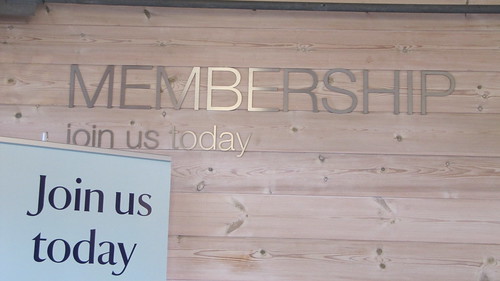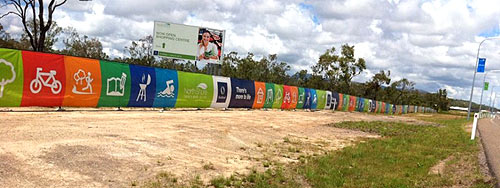In a struggling economy, it becomes more important than ever for companies to make smart staffing choices that will be cost-efficient and practical. For some businesses, this means carefully balancing how many employees you maintain and how much work they’re expected to complete. Overworked employees have reduced productivity, while hiring too many people can negatively impact your bottom line.
Using Contract Workers to Increase Productivity
In cases where the work requirements exceed your current staffing, hiring temporary workers on contract positions can be a great alternative. Due to the economic downturn, more people have turned to freelancing either as a supplement to their current jobs or as a replacement for jobs that have been lost. This means that skilled workers are available to hire on a temporary basis as your projects demand without needing to pay for full-time employees.
Here are a few reasons why hiring contract workers can help your business:
- You don’t need to pay for benefits for contract workers, so you can save long-term costs for maintaining your employees.
- You can budget enough to complete certain projects without needing to worry about maintaining employees long-term, saving you substantial money over the course of a year.
- Contract workers often have specific areas of expertise and are highly-skilled in those areas, making them a better choice for certain projects than your full-time employees.
- Hiring contractors removes some of the stress from your existing employee base, increasing their productivity and improving their morale.
- Letting contractors go at the end of a project does not have the same associated loss of morale as laying off full-time workers.
Hiring part-time workers isn’t always the best choice for all companies, but it’s often a smart strategy during high-stress times when your business has a heavy workload or specific needs. If you need high-quality, specialized work during certain times of the year, it’s worth looking into hiring part-time workers to complete these projects.
Considerations When Hiring Contractors
Of course, when hiring freelancers and other temporary workers, it’s important to use the same care and consideration you do whenever hiring any other employee. Indeed, it can be smart to assess your contractors more carefully as there are few guarantees of where else the employee may be working. They may be moonlighting for you while working full-time for a competitor, or they may be using their time with you to gain skills or knowledge for a different position.
For these reasons, it can be a good idea to have contractors sign a non-disclosure agreement. This will help protect your information and prevent the freelancer from spreading any trade secrets he discovers while under your employment.
Of course, the majority of contractors are honest and will not divulge any proprietary information, but it pays to be careful. You can also check with other businesses in your field to see if they have any experience with contractors; they may be able to provide recommendations or warnings about freelancers in your area and line of work.
About the Author: Randy Hutcherson is a freelance blogger, who writes about business management topics. If you are interested in furthering your business career, Randy recommends checking out the school with the best online MBA programs.






